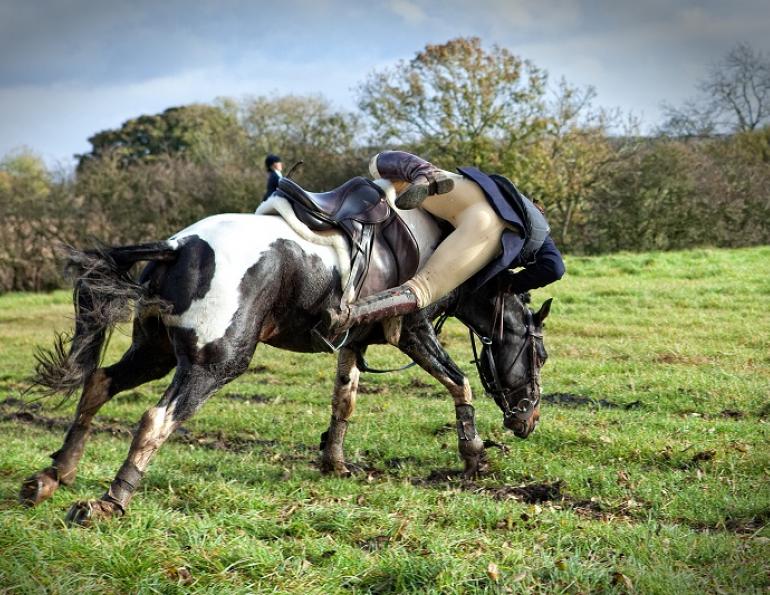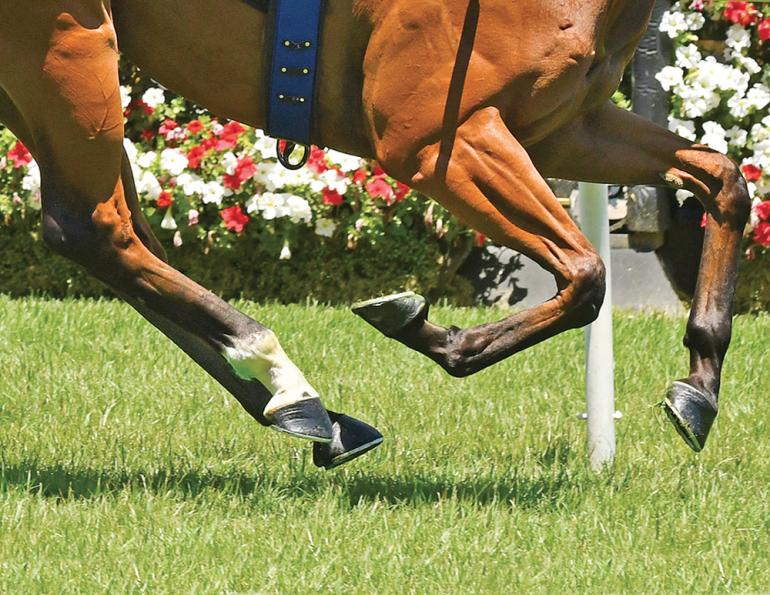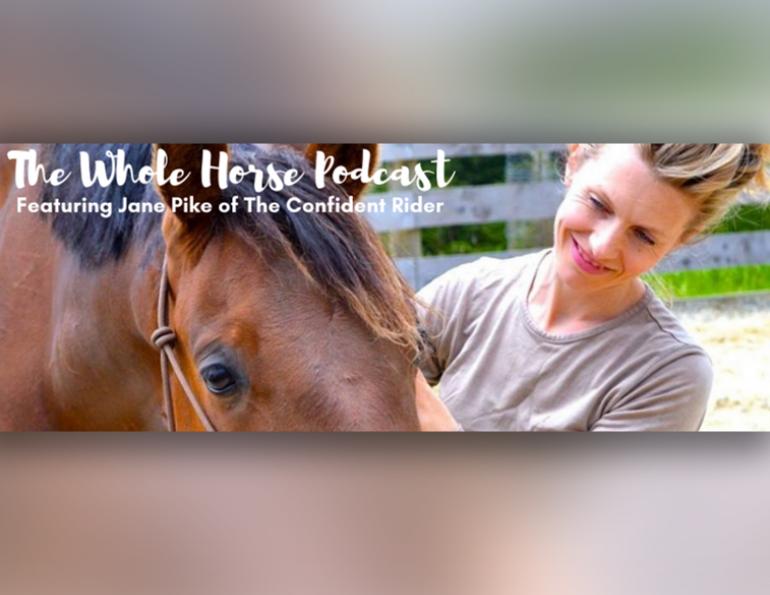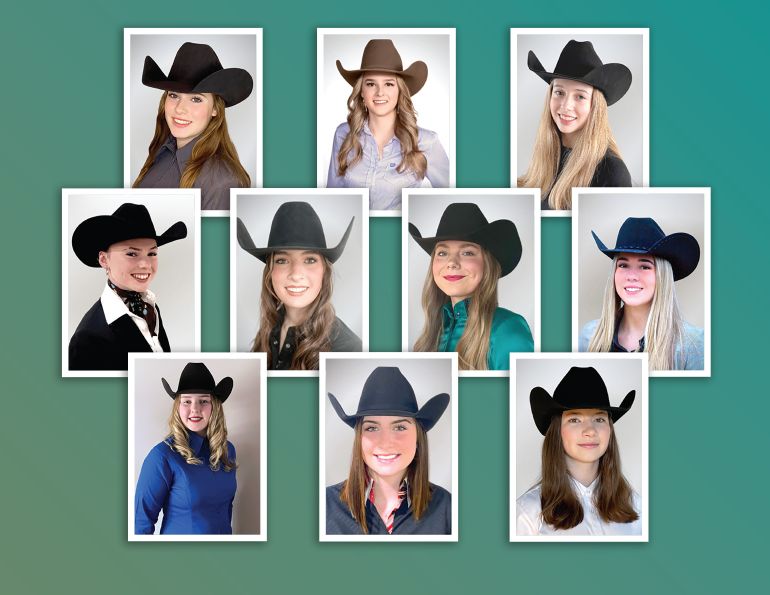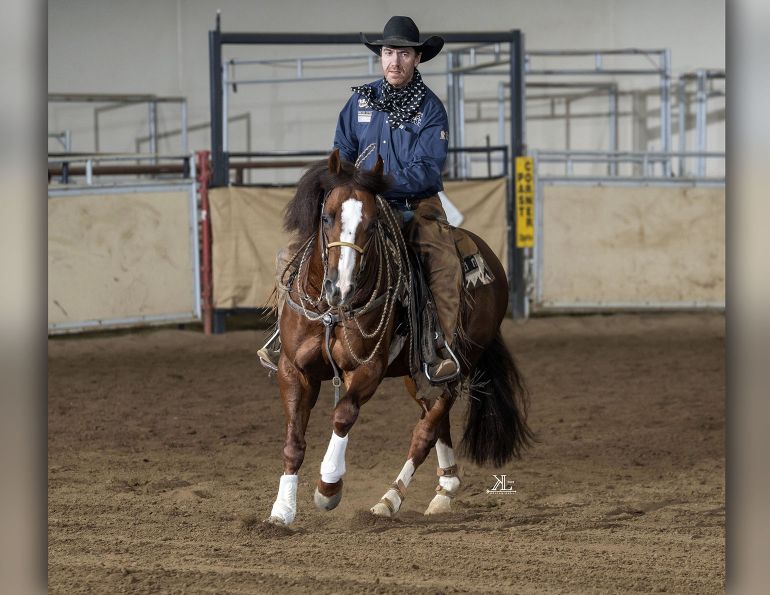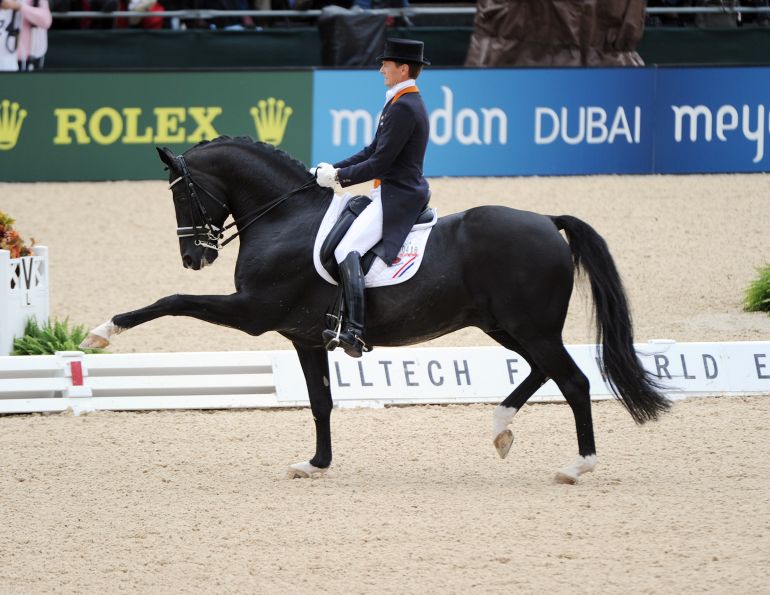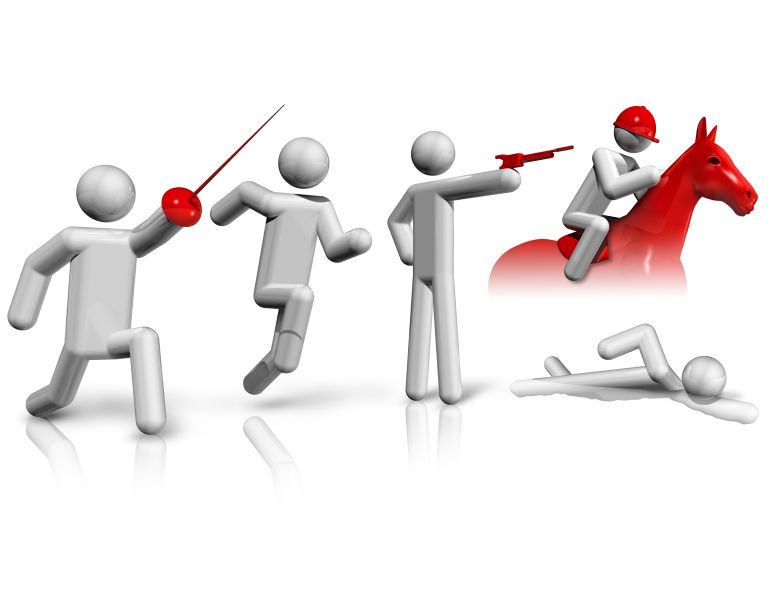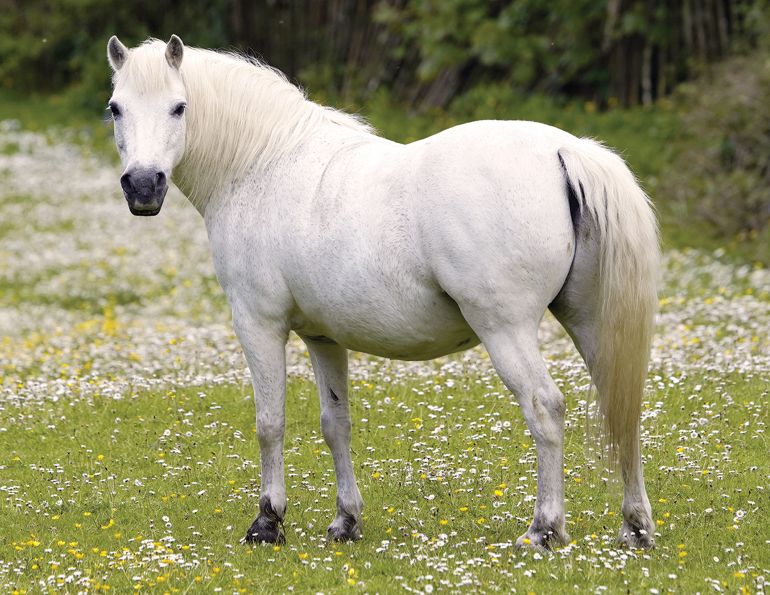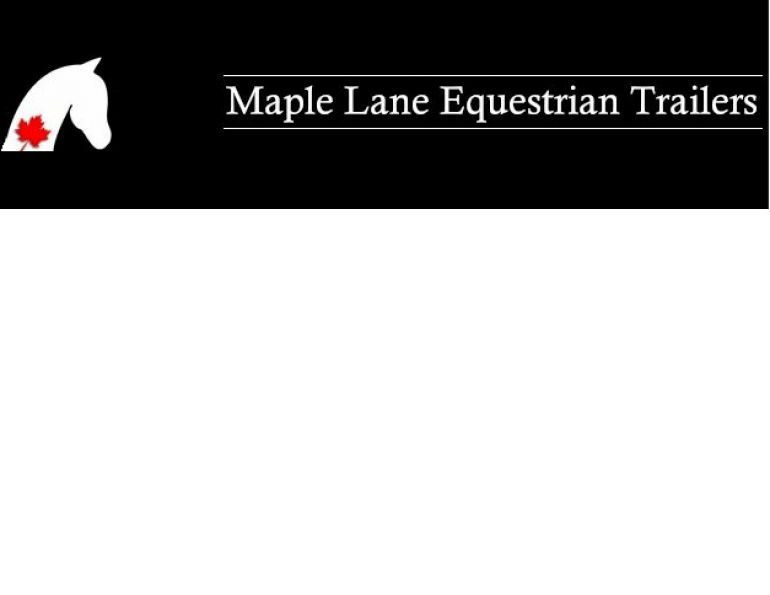Source: Folksam
The Swedish insurance company Folksam has independently tested 15 riding helmets for children and adults available on the Swedish market. Their test shows that only three out of fifteen helmets obtained the Folksam “Best in Test” or “Good Choice” label. If you are unlucky to find yourself in an accident, the right choice of equestrian helmet may prevent a concussion. The test also shows that the price is irrelevant in choosing a helmet as one of the most expensive helmets was among the worst performing ones.
This is the second time that Folksam has conducted a test of equestrian helmets. Since the last test in 2014, the helmets have improved but there are still big flaws according to their report. The test shows that there is significant differences between the helmets and the risk of sustaining a concussion is two to five times higher if one of the lowest scoring helmets are used compared to the best one.
“We can tell by the test that there is great potential for improvement to make the helmets safer. The two top scoring helmets were equipped with rotational motion protection system (MIPS), but all equestrian helmets need to be better at reducing rotational forces to avoid concussions or even more serious brain damage,” says Helena Stigson PhD and Associate Professor at the Folksam research team.
The major difference between a good and a poor helmet is how well it protects the head during oblique impact (side impact falls). Today there are no legal requirements on the equestrian helmet manufacturers to prevent rotational forces. Only vertical impacts are tested to show how well the helmets can prevent skull fractures. This is in spite of a lot of research showing that rotational forces create brain damage. In the Folksam test the helmets are subjected to impacts at an angle, which closer simulate the actual forces during an accident compared to the vertical tests performed required by current legislation.
“For us it comes very natural to engage in helmet tests since a poor helmet could have serious consequences for the users. We think it is very unfortunate that there are no legal demands on testing how well helmets can protect for oblique impacts which better simulates how a rider will hit the head during an impact. To avoid that helmets are sold without any protection against rotational motion, testing for oblique impacts should also be included in the European certification tests,” says Stigson.
“It is very important to point out that it is always better with any helmet than without one. Research clearly shows that a helmet will reduce the number of head injuries by 50 percent,” Stigson concludes.
Results
Back on Track EQ3 Lynx MIPS was awarded “Best in Test” and Back on Track EQ3 MIPS and Charles Owen Ayr8 Leather Look were awarded “Good Choice”. The helmets scored as follows:
5 - The helmet is awarded “Best in Test.” This means that the helmet complies with all legal regulations and is 30 percent better than the average helmet in the test and protects well.
4 - The helmets are awarded “Good Choice.” This means that the helmet complied with all legal regulations and performs better than the average helmet in the test and protects well.
3 - Complies with legal regulations and has an average test compared to all helmets in the test.
2 - A lower test score compared to other helmets in test but complies with legal regulations.
1 - A lower test score compared to other helmets in test and poor results in all tests, but complies with legal regulations.
Read the full report, list of helmets tested and test results HERE.
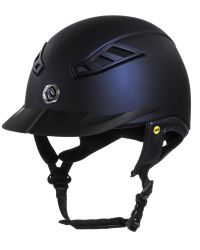
Above: The Back on Track EQ3 LYNX MIPS helmet was awarded Best in Test.
Photo: Shutterstock/Steve Horsley



